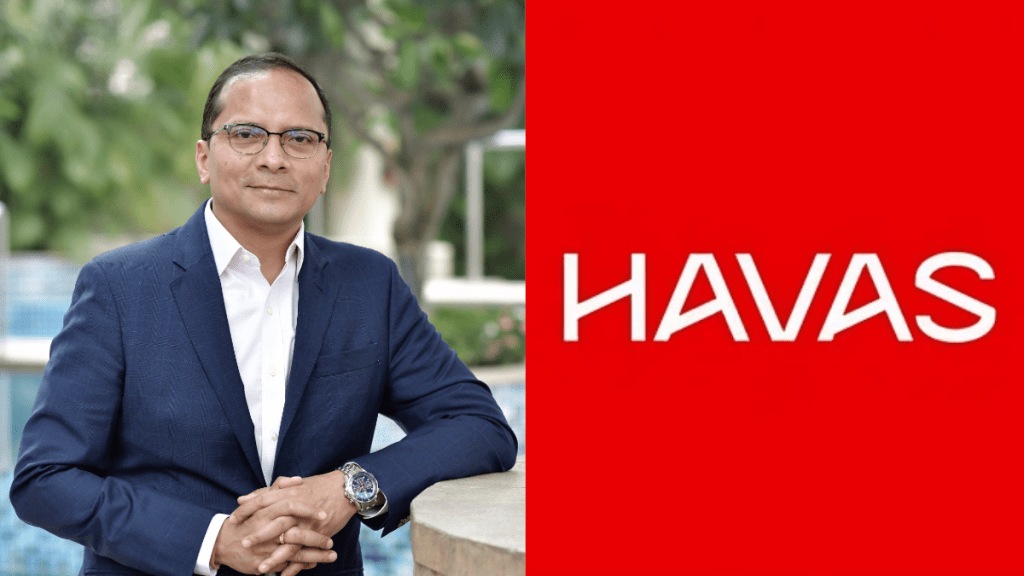Rana Barua, group CEO, Havas India, took on additional charge of the South East Asia and North Asia regions for the company recently. The group intends to bring together the diverse markets under the unified “One Asia” umbrella. In this interview, Barua talks to Christina Moniz about the network’s recent acquisitions and the impact of generative AI on advertising jobs. Edited excerpts:
Havas India has been on an aggressive acquisition spree in the last few years. What gives?
To serve the needs of our clients, we have to build the required expertise at Havas. That is basically what these acquisitions are about. In some cases, like with Conran Design and Havas People (for talent management and employee branding), we have ourselves built these capabilities. We now have 20 agencies and specialised divisions within Havas India, and are still planning to add more capabilities such as brand transformative consulting as well as digital and social media. We want to create centres of excellence across our various verticals in India. Ours is not a pure-play agency model; I would describe the company as a media, communications and advertising business house. However, when we create a new vertical or acquire an agency, we ensure that they play a complementary role and do not cannibalise any existing business within the group. Tomorrow if we acquire another agency, it needs to offer something that we do not already have. We don’t want to add muscle or simply keep adding numbers for the sake of it. All of our acquisitions have clear differentiators and bring specialised skills to the table.
So what capabilities have the newly acquired agencies brought to the table?
The growth for Havas India in the past year has been beyond average industry norms at around 35% year-on-year. We expect to maintain that growth momentum this year as well. Some of our big account wins in 2023 were Mamaearth, Ola, Tata Coffee, Hyundai and KIA. Additionally, we continue to work with leading companies such as Reckitt, Voltas, Citroen and Tata Motors. It was a good year in terms of integrated wins too; we now manage integrated mandates for brands such as AirAsia, Bosch and Aegon Life Insurance. We added two strong agencies to the group last year in PR Pundit and PivotRoots, which brought in a great deal of momentum and growth. We’re also happy that we continue to retain some key businesses like Swiggy, which have been with us for several years. Our employee gender ratio is another big inflection point. Around 42% of over 2,000 Havas India employees are now women, compared to only 19% in 2019.
Advertising agencies are offering a bouquet of services these days promising measurable returns on money spent. Why would a new client enlist the services of Havas today?
We may not be the largest in the business but we call ourselves a challenger brand. The disruption we are creating in the business comes from the kind of conversations we have with our clients. While we have verticals like media, health and creative, our conversations with brands are about what we can offer collectively with our various specialisations. Globally too, this is what differentiates us. We have a new chief transformation officer in Jaibeer Ahmad, whose role is clearly defined as setting transformative strategies, driving business growth through integration and collaboration across all of Havas India’s agencies. Our progressive and collaborative identity is what gives us an edge in the business.
In your new role, you will also manage nine other Asian markets. Which is your priority?
While I will be overseeing the entire Asian region minus China, India continues to be the lead engine for this geography. India is among the top 10 markets for us globally. For now, my mandate is to evaluate which markets will be top priority in terms of growth and which ones are poised to become centres of excellence. I expect to have a clearer action plan by the end of this quarter.
Experts say a new technology like generative AI could take away jobs. Are you concerned?
Every time there is a technology upheaval, there are prophecies of doom in the industry. Gen AI has its strengths and challenges too. In our industry however, it will be a huge facilitator because tasks can be accomplished much faster with it than before. Having said that, what we can all agree upon is that it will never replace the business of ideas and human capital. Our business is all about creativity and landing that big idea. If used well, gen AI can help advertising to shine and we’ve seen several industry-wide examples of that. If it’s used as a tool to just execute a campaign quickly, the work will look shoddy. The differentiator will always be the human mind behind the work. It probably will take away some advertising jobs but I believe it will also open up new job avenues and new roles in the process. At the end of the day, though it may speed up data analysis and number crunching, it still needs a human being to feed in that data.
